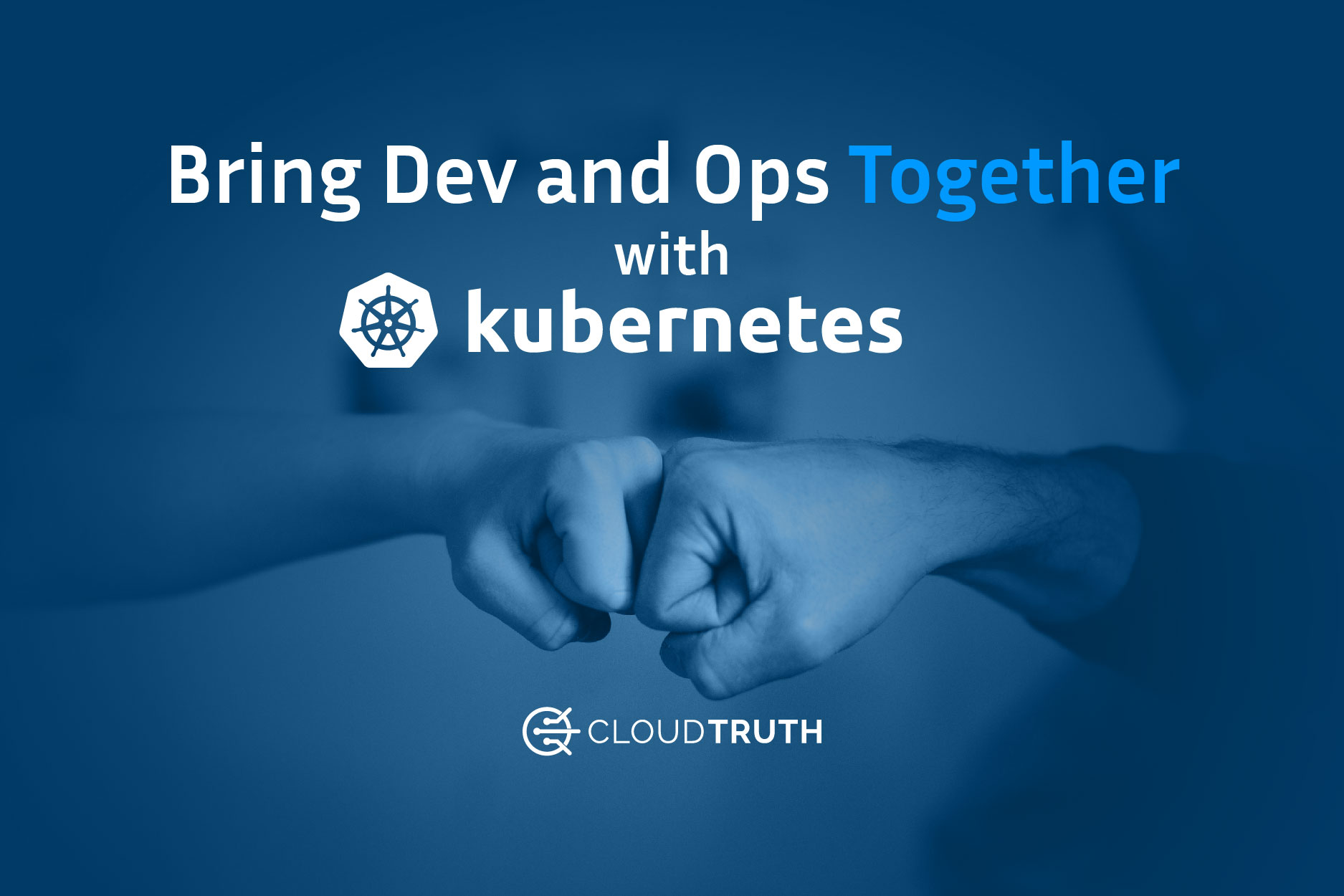
Introduction
DORA metrics have become a cornerstone in evaluating DevOps performance, offering a comprehensive view of an organization’s software delivery capabilities. While factual and informative, these metrics often face challenges in reception and implementation due to daily operational frictions.
Building team trust in these metrics is crucial for their effective utilization.
Navigating DORA Metrics
DORA metrics provide a quantifiable measure of software delivery performance, encompassing deployment frequency and change failure rate. They serve as a benchmark for organizations to gauge the efficiency and effectiveness of their DevOps practices.
The four DORA metrics are:
- Deployment Frequency (DF): This measures how often an organization successfully releases to production. A higher frequency indicates a more efficient and agile development process, allowing for rapid iteration and feedback.
- Lead Time for Changes (LT): This metric assesses the time it takes for a commit to get into production. It measures the speed of the development process from start to finish, highlighting the efficiency of the entire pipeline from coding to deployment.
- Change Failure Rate (CFR): This represents the percentage of deployments causing a failure in the production environment. A lower change failure rate indicates better quality control and more reliable software delivery processes.
- Mean Time to Recover (MTTR): This metric gauges the average time to recover from a failure (e.g., an incident or a defect) in the production environment. A shorter MTTR indicates that an organization is more effective at quickly addressing and resolving issues.
Threads of Distrust in your DORA Metrics
DORA metrics are measured and interpreted to foster a cohesive team culture.
However, much of the modern software development lifecycle consists of components controlled by different teams, which makes it hard to measure performance accurately since DORA metrics cross all the technology and team silos.
The application development process has become easier in many ways but at the expense of the operations deployment toolchain required to run the applications in multiple environments with high uptime and secure SLAs.
An example is the Deployment Frequency (DF) metric. When a team fails to meet a target deployment frequency, the reason can be a fault in the design, code, test, or deployment phase. At least three functional teams using different tooling are typically responsible for achieving the metric.
Teams often need help with the perceived unfairness of these metrics due to daily operational challenges.
Creating an environment that acknowledges these challenges is essential for the fair and productive use of DORA metrics.
Simplify Your Config Variables and Secrets Management
One theme that underlies all SDLC phases is managing configuration variables and secrets because misconfigurations cause 75% of outages and security incidents.
Weak or brittle configuration management processes have an exponentially negative effect on all the DORA metrics. For many teams, there is no clear owner of the problem to fix it.
Simplified configurations and effective secrets management are vital in achieving all four DORA metrics goals.
Automating accurate config generation reduces downtime and the risk of security breaches. Streamlining these aspects can lead to more efficient and secure software delivery, positively impacting the DORA metrics.
Make Config Easy to Use Across Dev, Security & Ops for Faster Releases and Reduced Downtime
Reducing complexity in DevOps tools and processes is directly linked to faster software releases and minimized downtime. By focusing on simplification, teams can more effectively manage their DORA metrics, leading to improved performance and reliability.
Conclusion
DORA metrics are more than just numbers; they reflect an organization’s DevOps health. Building trust in these metrics, simplifying configurations and tooling, and fostering a supportive team culture are essential for leveraging these metrics toward enhanced performance and operational excellence.
CloudTruth’s platform simplifies complex config and secrets and is designed to work with your existing tooling, so it’s easy to get started.
Join ‘The Pipeline’
Our bite-sized newsletter with DevSecOps industry tips and security alerts to increase pipeline velocity and system security.



